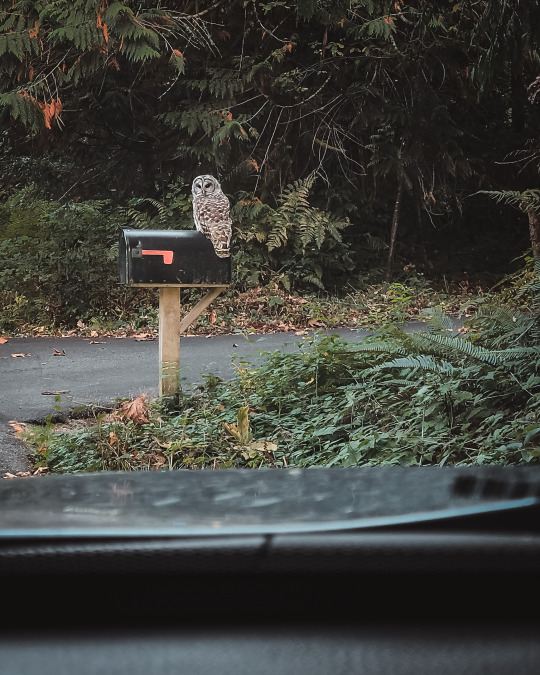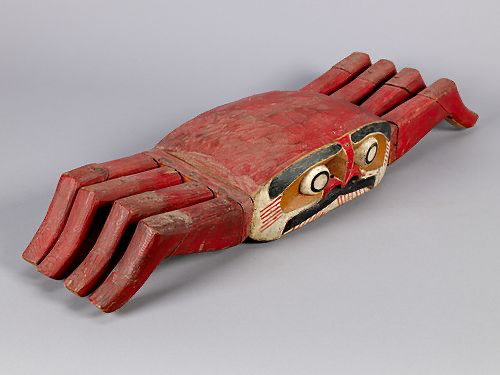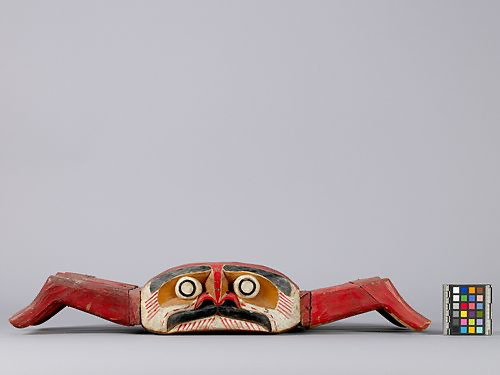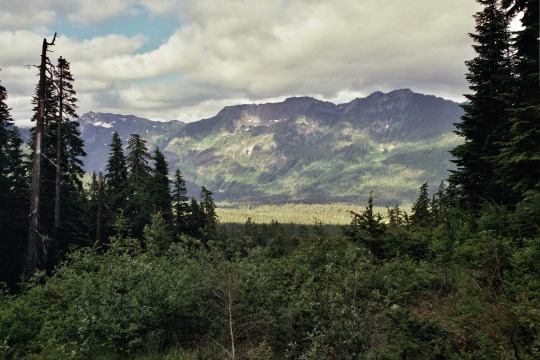#northwest native
Explore tagged Tumblr posts
Photo

Portland Privacy Picture of a small Asian backyard with decking that offers privacy and shade in the summer.
0 notes
Text
Privacy Landscape in Portland

Inspiration for a small asian privacy and shade backyard landscaping with decking in summer.
0 notes
Photo

Privacy - Landscape Summertime landscaping ideas for a small backyard with concrete pavers and Asian privacy.
#asian landscape#backyard retreat#northwest native#landscape construction#landscape design build#outdoor room#portland landscape
0 notes
Photo

Concrete Pavers Landscape in Portland Design ideas for a large traditional partial sun courtyard concrete paver formal garden.
0 notes
Photo

Landscape - Asian Landscape Here is an illustration of a small, decked, Asian backyard with privacy and shade.
1 note
·
View note
Photo

Portland Landscape Inspiration for a summertime small Asian backyard with decking and privacy.
0 notes
Photo

Landscape Privacy in Portland An example of a small asian privacy and shade backyard landscaping with decking in summer.
#pacific northwest style#boardwalk#portland garden#enclosed patio#cedar deck#landscape design#northwest native
0 notes
Text

mail's here.
#this is your reminder to make sure your phone's camera is set to shoot in raw+jpg#i panicked#did not shoot with the lightroom mobile camera#and was not in pro mode in the native camera#this pic would be better if i'd done either of those things#this is MY reminder to stop leaving the house without my kit#the love birds#owl#photography#pacific northwest#pnw#nature photography#wildlife photography#forestcore#naturecore#photographers on tumblr#owls#barred owl#mine: photos#lensblr
497 notes
·
View notes
Text







After this morning's Christmas Bird Count, my friend and I went to Hawthorne Street for a couple of errands. We parked near two trees on a side street, which yielded up a lovely array of lichens, fungi, and moss. My best guesses for IDs:
Oakmoss lichen (Evernia prunastri)
Racomitrium sp.
Whitewash lichen (Phylictris argena)
Hairy Curtain Crust (Stereum hirsutum)
Splitgill mushroom (Schizophyllum commune)
Mossy Maze Polypore (Cerrena unicolor)
Candelariaceae sp.
#lichens#mosses#mushrooms#fungi#mushroom hunting#urban nature#nature#trees#plants#Portland#Oregon#PNW#Pacific Northwest#biodiversity#Christmas Bird Count#native plants
152 notes
·
View notes
Text

Variegated creeping blackberry
#forest#nature#beauty#photographers on tumblr#artists on tumblr#original photographers#original photography#photography#aesthetic#Washington#pnw#westcoastbestcoast#art#vsco#pacific northwest#explore#travel#cottagecore#naturecore#grandmacore#p#wild and native!!
163 notes
·
View notes
Text
For #Crustmas on #Woodensday:


gamisida długwe' (#Crab Puppet) Kwakwaka'wakw, British Columbia, Canada, before 1952 Wood, paint, 11.4 cm x 22.9 cm x 67.9 cm UBC Museum of Anthropology A6362
“These articulated characters are known as dług̱we’ treasures (as are the theatrical dances in which they appear). The Kwakwaka’wakw have a history of puppetry related to their ceremonial feasts. The winter potlatches are known for their spectacular performances, suffused with cultural teachings and supernatural content, such as the coming of Winalagalis, the supernatural warrior. Dances and songs associated with Winalagalis include the tuxw’id, which is performed by women, who have the power and rights to make the dług̱we’ treasures (puppets) come to life. For instance, a tuxw’id dancer could summon a crustacean to life, on invisible cords, in the flickering firelight.”
#animals in art#animal holiday#20th century art#woodwork#crab#puppet#Kwakwaka'wakw#First Nations art#Native American art#Pacific Northwest Coast art#indigenous art#animal effigy#scuplture#UBC Museum of Anthropology#Woodensday#Crustmas#crustacean
91 notes
·
View notes
Text
Excerpt from this story from the Associated Press (AP):
The U.S. government on Tuesday acknowledged, for the first time, the harmful role it has played over the past century in building and operating dams in the Pacific Northwest — dams that devastated Native American tribes by inundating their villages and decimating salmon runs while bringing electricity, irrigation and jobs to nearby communities.
In a new report, the Biden administration said those cultural, spiritual and economic detriments continue to pain the tribes, which consider salmon part of their cultural and spiritual identity, as well as a crucial food source.
The government downplayed or accepted the well-known risk to the fish in its drive for industrial development, converting the wealth of the tribes into the wealth of non-Native people, according to the report.
“The government afforded little, if any, consideration to the devastation the dams would bring to Tribal communities, including to their cultures, sacred sites, economies, and homes,” the report said.
It added: “Despite decades of efforts and an enormous amount of funding attempting to mitigate these impacts, salmon stocks remain threatened or endangered and continued operation of the dams perpetuates the myriad adverse effects.”
The Interior Department’s report comes amid a $1 billion effort announced earlier this year to restore the region’s salmon runs before more become extinct — and to better partner with the tribes on the actions necessary to make that happen.
That includes increasing the production and storage of renewable energy to replace hydropower generation that would be lost if four dams on the lower Snake River are ever breached. Tribes, conservationists and even federal scientists say that would be the best hope for recovering the salmon, providing the fish with access to hundreds of miles of pristine habitat and spawning grounds in Idaho.
150 notes
·
View notes
Text


Cascadia ♥
Washington
#film photography#analogue#35mm#photographers on tumblr#original photography#mountains#washington#cascadia#pnw#pnwonderland#pacific northwest#pnw native plants#nature photography#pnwcore#pnw vibes#naturecore#alpine#landscape photography#hiking
695 notes
·
View notes
Text

Sockeye Salmon
Paul Windsor
255 notes
·
View notes
Text

Picked this up at an antique store today, it's an original pastel drawing. The signature reads McLaughlin. I love how stylish this guy is, especially his staff and wizard robe. I think it's probably from the 70's or 80's. I can tell he's from the northwest, but otherwise don't know enough to recognize the style. If anyone can tell me anything about more it, I'd be grateful!
Edit: I found out the artist is Blackfoot, and actually pretty well known, she died in 1987. So now I'd say maybe 60's or 70's...this dude doesn't look Blackfoot to me, so he's still a mystery.
#first nations#native#pacific northwest#kwakwaka'wakw#haida#tahltan#sorry that's all the nw tribes i can think of i got no clue who this guy is
20 notes
·
View notes
Text

Obsessed with flower pictures. Will never stop being amazed by flowers or by how photogenic they all are
#my post#nature#photography#nature hikes#nature photography#pnw photography#beautiful#hike#travel#pacific northwest#pnw vibes#the great pnw#pnw aesthetic#pnw#pnw native plants#naturecore#get outside#outdoors#flowers
32 notes
·
View notes